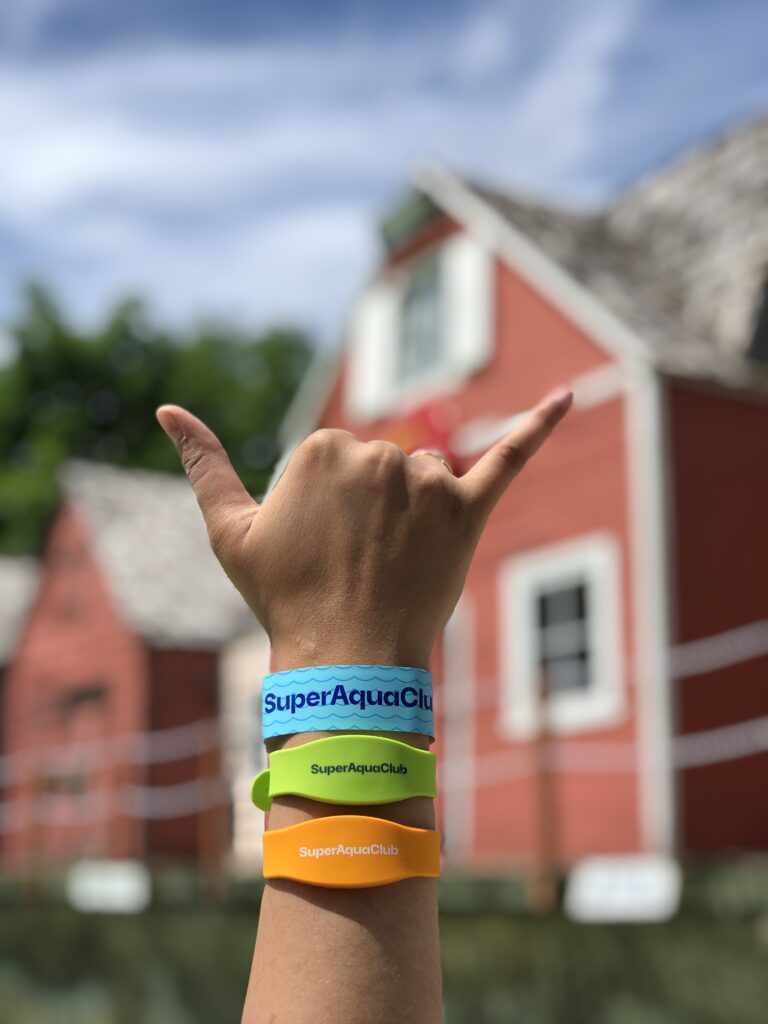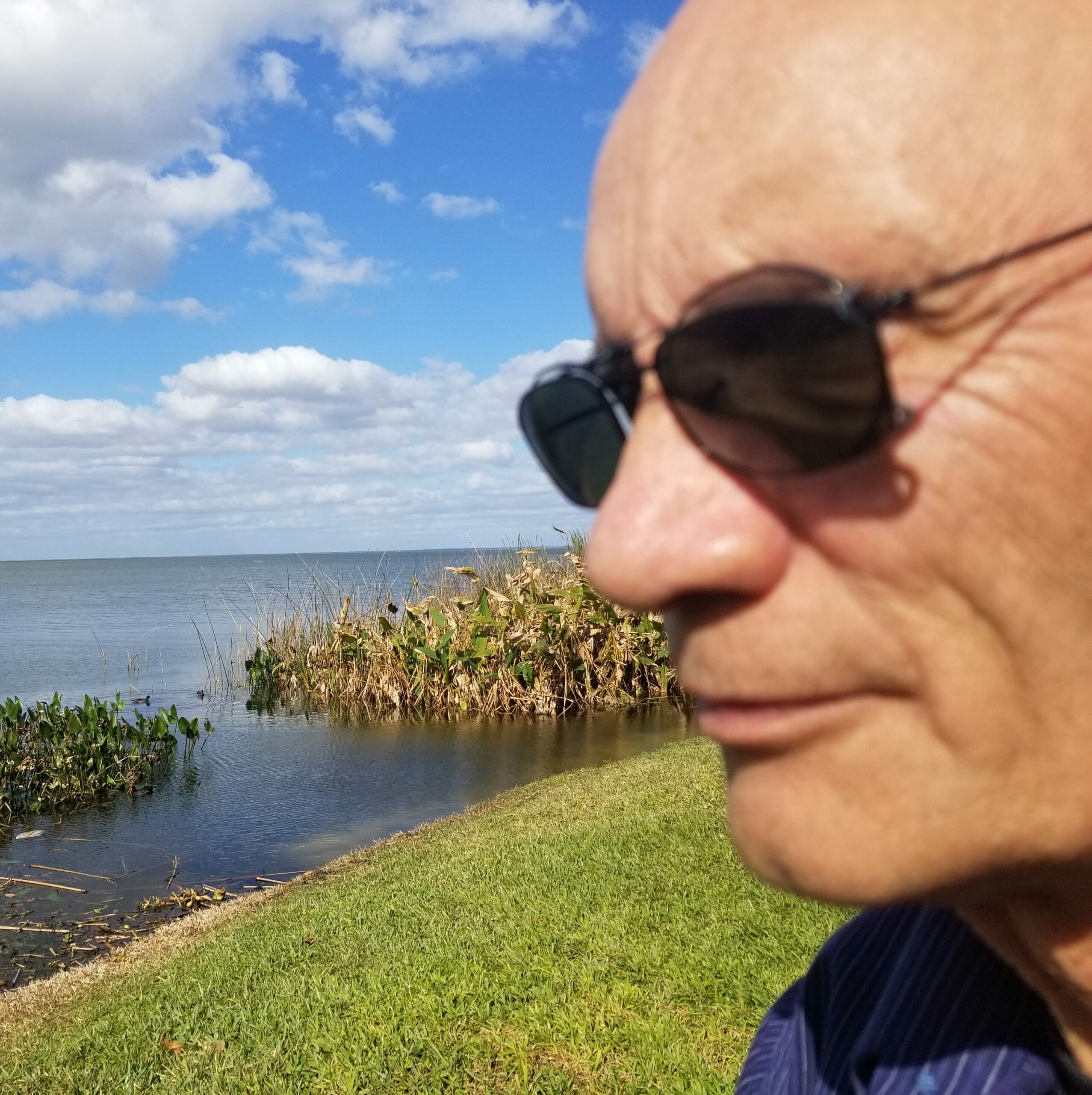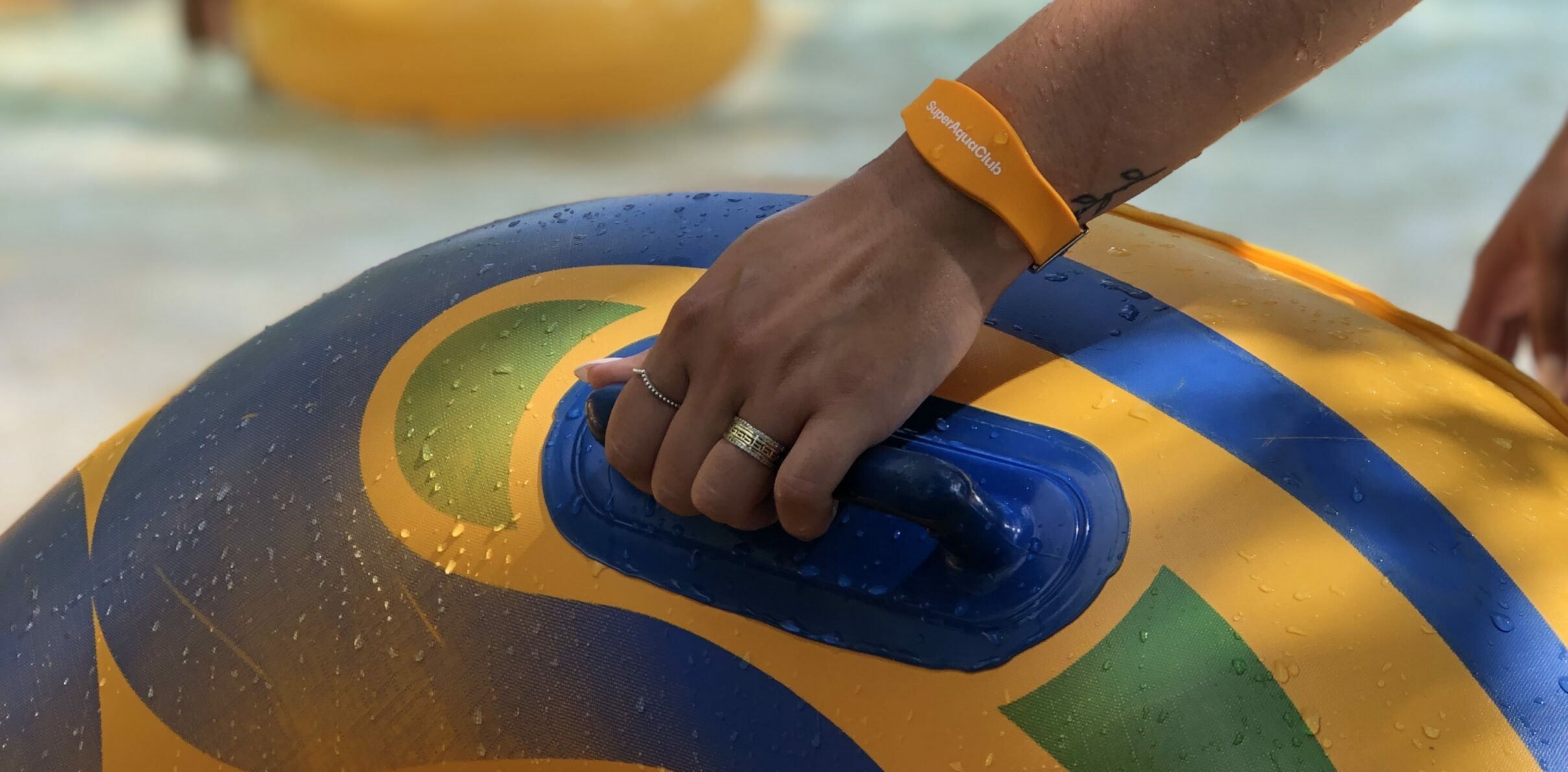Connect&GO brings RFID solutions to Quebec waterpark
By Michael Oliver
As one of the largest waterparks in Quebec, Super Aqua Club, located 30 minutes from downtown Montreal,boasts over 45 rides and attractions, including the Tsunami and Tornado thrill rides, a heated wave pool, private beaches and multiple children’s attractions.
Super Aqua Club has been operating for three decades and its new owner Nadine St-Amant, who acquired the park in May 2019 and who actually worked at the park as a teenager, has brought in numerous upgrades, including state-of-the-art technical systems using Radio Frequency Identification (RFID) to enhance the guest experience and bring under one umbrella myriad multiple functions such as POS. To achieve this, she called upon Connect&GO, a Montreal-based supplier described by Crunchbase as “a global leader in RFID deployments in the entertainment industry.”
RFID technology has come to the fore in recent years, especially in access control at large events (e.g. concerts, festivals and major sporting events) and all aspects of inventory management. Anthony Palermo, co-founder of Connect&GO, recognized that the technology had untapped potential for attractions, especially with advancements in that field over the last 10 years or so.
How does RFID work?
Radio Frequency Identification goes back as least as far as WWII when radar, developed in the decade prior, was used to signal the approach of aircraft. In those early days of electronic detection, there was no way to know whether the aircraft was “friend or foe,” until a British radar expert got the idea to equip each RAF aircraft with a transponder (a combination receiver and transmitter) capable of receiving an interrogating signal and sending a specific signal back to the radar transmitter; thus, the transmitter became a “reader” of the identifying signal. This is the basis for RFID technology.
Some 75 years later, and after a long evolution, we now can install the transponder – which, thanks to the miracles of miniaturization and materials development, can be as small as a grain of rice, far smaller than the bulky, radio-sized affairs used in WWII – in a specific material, say a silicone wristband. Encoded in the transponder chip would be just the basic information of an identifying serial number, which would link to data recorded and stored in a back-end computer system, with software specifically designed to handle such data (think of data like access to events and activities, meal packages, locker assignment, as well as dates and times of ticket purchases).

ABOVE AND TOP: Guests at Super Aqua Club in Quebec, Canada use RFID wristbands throughout the park to access attractions, pay for services and link photos and videos taken of them throughout their visit to their customer account.
When a “reader” is within range of the wristband/transponder (and a reader can be a hand-held device, or part of a more permanent structure, like an activity portal, for example), the reader’s signal will activate the transponder, which will send a signal of its own back to the reader, identifying the guest and linking the wristband directly to all relevant data points (i.e., amenities the guest has purchased). So, for example, a guest may enter a particular attraction by merely swiping his or her wristband across a reader. Benefits to the guest: no need to carry a wallet, purse or ID, no tickets or coupons to manage outside those already electronically present in the system. Additionally, since most of this operation is contactless, or, at most, tapping a reader with the wristband, the system provides a measure of protection against picking up a virus.
Deploying the system
The fact that this enhanced technology can be delivered in the form of a simple waterproof wristband, with its tiny transponder safely tucked away in its silicone shell, made this new technology appear ideal for St-Amant’s operation. Connect&GO was given the green light to create and install the system.
As “a global leader of RFID deployments” Connect&GO’s project portfolio includes providing access control solutions to major conferences, sporting events, music festivals and more. The company can now boast wristband-wearing clients in 16 different countries and numerous venues and events, both temporary and permanent.
The first step was to develop a smart e-commerce platform for everything. The resulting platform developed by Connect&GO allows the operator to, for example, offer attraction packages, upsell, add meal packages if desired, and instantly offer different deals. Additionally, the e-commerce platform works in unison with a Veloce POS system, allowing all POS to be handled at the front gate. Utilizing a full POS Veloce system across the park, the entire site became hybrid-cashless. Operators can accept credit cards, cash or RFID wristbands (much like a reusable cash card, dollars can be added to the wristband account itself at kiosks located in the park). This system also allowed for a full locker assignment via wristband; lockers, while not directly RFID-connected, use keys that are electronically tied to the wristband.
Along with all of these elements comes access control and the capacity for fully timed ticketing and the ability to log customer actions and use the data to improve service and boost per capita spending. As Palermo says, “With access control via RFID, we know when people bought tickets, when they came, what times they came.” This allows the operator to reserve a specific number of tickets in advance for specific time periods each day, as well as better manage the customer flow and movement throughout the park. Being able to anticipate the likely number of guests partaking of a particular area of the venue at a particular time allows operators to concentrate staff in those areas and improve customer service.
Guest media takeaways
Further, the platform allows the guest to create an individual “My Account” specific to Super Aqua Club. Since, for many guests, documenting their adventures is almost as important as the adventures themselves, Connect&GO has brought this easily within reach by integrating capture/transfer technology from Kool Replay. This allows guests to take and share branded photos and videos into the RFID system. Cameras are installed at various angles and positions along an attraction – say, the Tornado slide. The guest’s experience is videotaped and edited all the way through, creating a personalized video available within minutes after exiting. A preview is emailed to the guest and they can purchase the entire video, if desired, and share it and its branded content with the park logo embedded. The guest becomes the star of their own commercial. In Palermo’s terms, “It gives you the opportunity to re-live the entire experience.”

All photos courtesy of Super Aqua Club.
In addition, roaming photographers take pictures of guests, then, simply by tapping the guest’s wristband with the photographer’s reader device, instantly send the pictures by email, from which point the guest is free to share the picture on social media.
At the center of this fusion of elements is the customizable My Account profile page. As Palermo explains, the profile page “has been exercised by other properties to allow guests to register their profile, allow them to connect a credit card and to link other family members, and it also acts as a hub to receive messages, discounts, and their branded photos from their experiences.” Surrounding this central element are “modules for ticketing, e-commerce, access control, payments, as well as gamification.” Customers are rewarded for their degree of engagement through points for various elements of the waterpark experience, e.g., points are awarded for registering an account, for enjoying certain rides, for photos, videos and sharing, all of which can be redeemed for prizes and help build customer loyalty.
Doing business in the pandemic
Any discussion of technology’s interaction with the public today must include considerations about the Covid-19 pandemic. St-Amant, like all business owners who deal directly with the public, must contend with “how to get more people into the site, yes, but in such a way that is safe, and also ‘feels safe’ to the guests,” as she says. Given this issue, there could hardly be a better time for contactless, or limited contact technology to come to the fore and offer its solutions to the challenge, in this instance, providing Super Aqua Club guests with a sense of normalcy, coupled with an enhanced waterpark experience.
With attendance caps in place for the foreseeable future, as well as an abbreviated 2020 season, parks such as Super Aqua Club have been looking to maximize per caps revenue and build strong customer bonds. St-Amant brings a positive mindset to the challenge. She looks at this season as a success, and in great measure because of the new technology employed this year: “For the guests, this new technology not only makes the waterpark experience a better one…makes the attractions better and easier to enjoy, the RFID technology is ‘part of’ that experience! There is no question about that! People love it. You can see it in their faces!”
That it has streamlined and improved park operations is clear as well: “We really wanted to create a connected experience for our clients, and this new RFID technology has certainly done that. Now we better know the customer journey of our clients; we can better analyze the touch points for our clients at each step.” Moreover, with “real time numbers of people inside the site, I can manage my staff much more easily and efficiently.”
For Anthony Palermo and Connect&GO, working with Super Aqua Club proved to be a gratifying and encouraging experience. “Not only is it a waterpark,” he said, “which is a big focus for us, but Nadine understood how many things you can do to connect the experience and went full with it and had a successful year out of it…she really believed in our technology and how it could come through for her guests.”
Whether demanded by a new and harsh reality, or as a more natural byproduct of technological evolution, RFID technology has matured to a point of becoming a common and desired aspect of e-commerce platforms and POS systems with viable and versatile applications for parks and attractions. As Palermo says, at Super Aqua Club “the connection between the video and photo and access control, the real time data, lockers and all the touchpoints of the leisure experience are driven by and demonstrate the power of the wearable.”

In this issue, we welcome Michael Oliver as our newest contributing writer. Michael comes to us by way of academia, as a retired literature and philosophy professor whose teaching career lasted some 28 years. Prior to the classroom, his early training and work were in engineering, which took him from nuclear missile silos in North Dakota to the Rhine River, where he worked as a ship’s engineer. Michael brings his dual background and range of experience to write about technology and other subjects for InPark.








